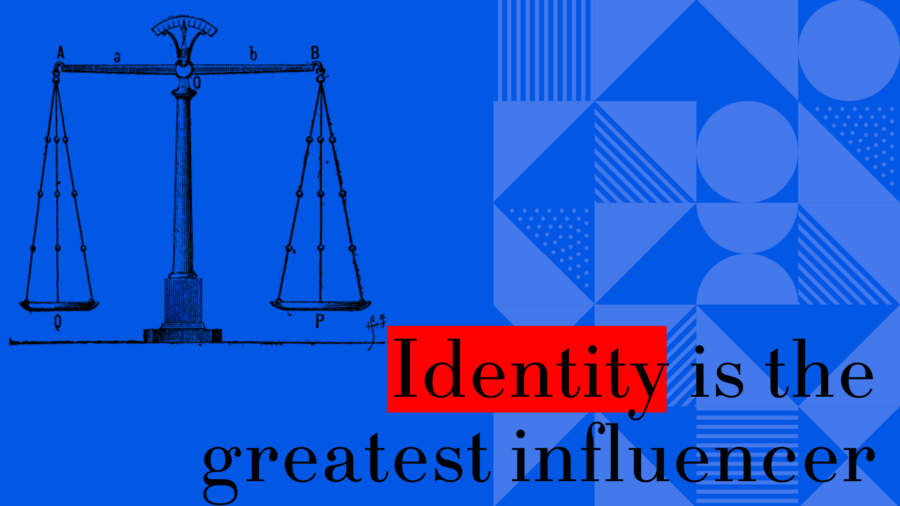A client who worked at a Fortune 500 company reached out to me with an intriguing dilemma. A few years before she and I met, the company had embraced a well-known sales methodology and had seen remarkable success using it to acquire new clients.
But there was a catch: the same approach didn’t work as well once those clients were on board. Her salespeople were getting frustrated—and so were their clients.
“When we use this approach to show prospective clients’ the value of working with us instead of a competitor,” she explained, “challenging their previous decisions and assumptions makes sense—and works because they see the value of the kind of insights we can provide. But when people become our clients, it doesn’t make sense for us to challenge their decisions. It was our advice that drove them!”
She went on to say that some of the company’s clients had complained of feeling challenged on everything all the time. They also sometimes felt like they weren’t respected for their own industry knowledge and experience. My client was not alone in this issue, nor were these problems exclusive to the approach my client was using.
What was happening? And what could the company do instead?
Aligning Action with Identity
People often quote the saying, “We are what we repeatedly do.” In my experience, you can just as easily argue that “we act in accordance with who we are.” That’s how intimate the relationship is between action and identity, and why understanding it is so fundamental to guiding change. Both statements are correct because the relationship between the two is a reinforcing loop. Identity is indeed the greatest influencer of action.
Research supports this: leveraging the power of identity is the only form of extrinsic motivation that even comes close to the power of intrinsic motivation.
While the intricate connection between identity and action is crucial, it presents a challenge when crafting a case for change. After all, you can’t possibly tailor your message to every unique identity involved in the change process. Our individual judgments of rightness are tied so tightly to our individual and primal beliefs that they can differ as much as individuals do. We see our own beliefs as universal truths and act accordingly, using our own behavior as evidence for what the right action is, has been, and should be.
Thankfully, most people share a fundamental human desire: to be seen as smart, capable, and good. Done well and with the right intent, any approach that acknowledges this smart-capable-good aspiration can be incredibly effective. When someone feels smart, capable, and good in your eyes, they often think that you must be smart, capable, and good, too—simply because you see them that way! That builds the trust and confidence essential to sustained business relationships.
That’s why I advised my client to shift to a principles-first approach when talking with current customers. I suggested they anchor their cases for change on the agreed-upon goals of their engagements, using the insights they and their clients had reached together as the principles to support the change. That way, even when arguing for a shift in direction, the company would be reinforcing the value they and the client had gained from the relationship.
How can you apply this principle?
Start from the point of view that the person you’re talking to is already smart, capable, and good. Even better, reimagine how your change can reinforce and protect that identity in those you’re asking to change.
When your proposals and ideas about change make someone feel even more smart, capable, and good, you’re respecting and validating them for who they already are. Not only does that increase their openness to new ideas, but it also contributes to their sense of current self-worth and agency, both of which make any action they undertake much more sustainable. It also avoids a battle with their desired self-identity, a battle you’ll always lose in the long term.
IN OTHER WORDS…People align what they do with how they want to be seen: as smart, capable, and good. Defend that desire as strongly as they will.
